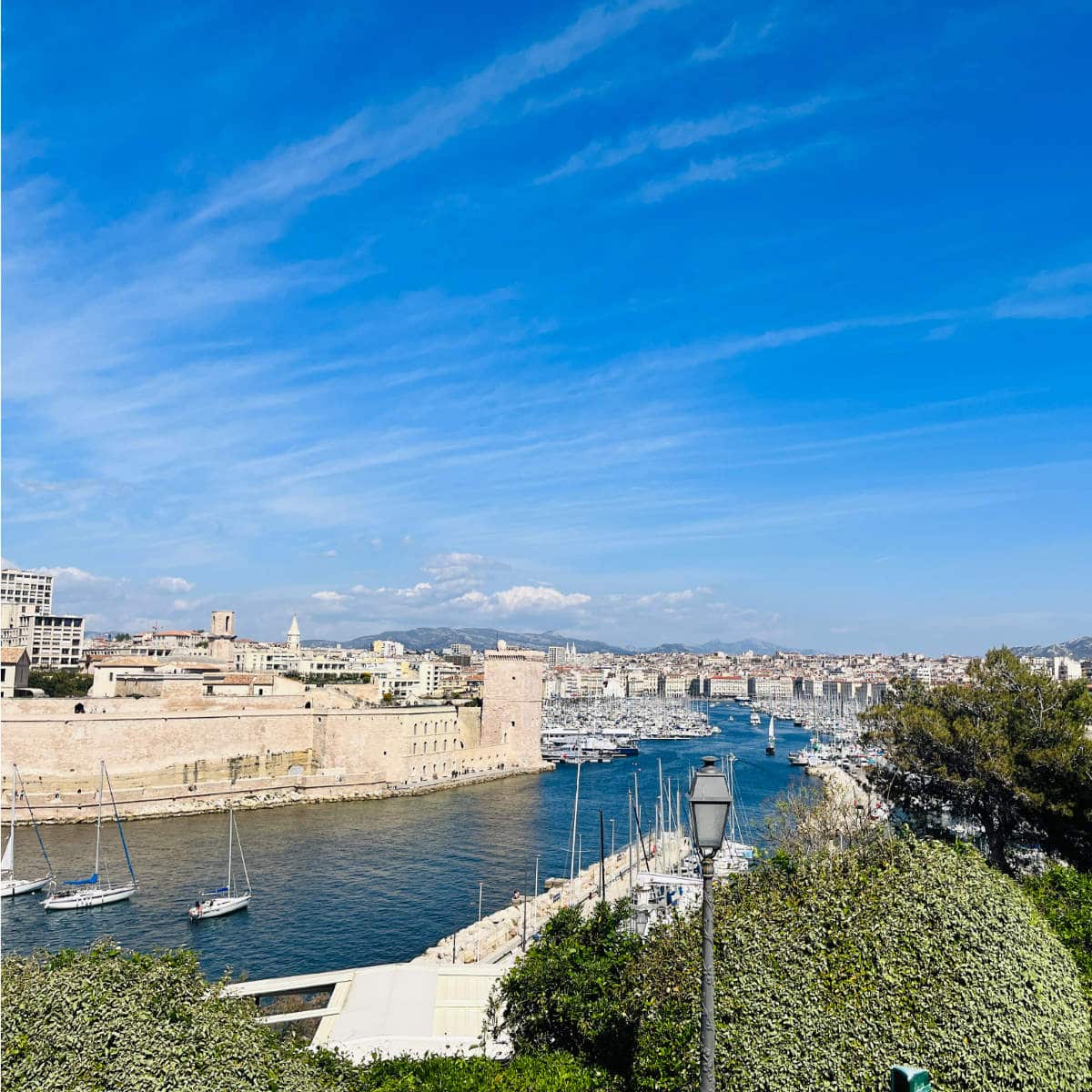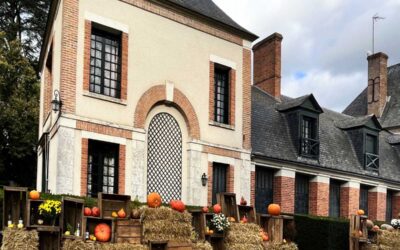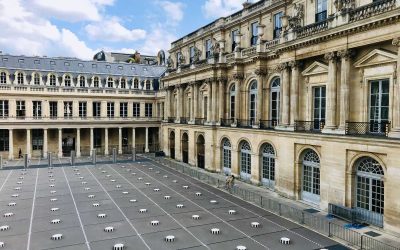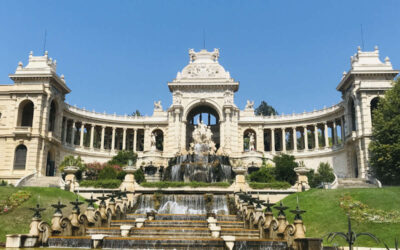Marseille, the oldest city of France, has a history so long that it stretches back further than a yarn collection. It all began around 600 BC when a group of bold Greek sailors set sail for new horizons. Little did they know they were about to discover a place so delightful, they’d want to settle in and stay there for centuries.
Located in the Provence-Alpes-Côte d’Azur region of France, Marseille is not only the oldest city in France but also one of the oldest cities in the world. With its ancient Vieux Port a trading hot spot, Marseille owes its existence to its prime location along the Mediterranean coast.
But along with that prime location, came the drama. Over the centuries, Marseille has faced invasions, plagues, revolutions, and wars. But like a true diva, the city has always managed to bounce back.
Today the 2nd largest city in France is a blend of flavors in a captivating cocktail of cultures and a counterpoint to the French capital in Paris. So let’s explore the history of Marseille, shall we? Allons-y!
- 1. Marseille is the oldest city in France.
- 2. It became a Roman settlement.
- 3. It became a center of Christianity.
- 4. It was conquered several times.
- 5. The Counts of Provence ruled Marseille.
- 6. Beatrice de Provence inherited Marseille.
- 7. It has its own flag.
- 8. It has a Coat of arms.
- 9. The Port of Marseille brings the Great Plague to Europe in 1347.
- 10. Marseille became a part of France.
- 11. The language in Marseille used to be Provençale.
- 12. Fort Saint-Jean used to have its cannons aimed at Marseille.
- 13. Château d'If was featured in the novel Count of Monte Cristo
- 14. It was hit by the Plague again in 1720.
- 15. The Marseillaise became the French national anthem.
- 16. The Notre dame de la Garde is the city's most beloved symbol.
- 17. A funicular used to link the Vieux Port to the Notre Dame de la Garde
- 18. The sport of Pétanque is very popular in Marseille.
- 19. The Savon de Marseille is a protected trademark.
- 20. Palais Longchamps was built to bring water to Marseille.
- 21. It put up a fierce resistance during WWII.
- 22. Pastis de Marseille is a favorite in the city.
- 23. It is proud to be the winner of the 1993 Champions League.
1. Marseille is the oldest city in France.
Marseille is the oldest city in France, and today the 2nd largest. It was founded in 600 BC as the Greek colony of Massalia.
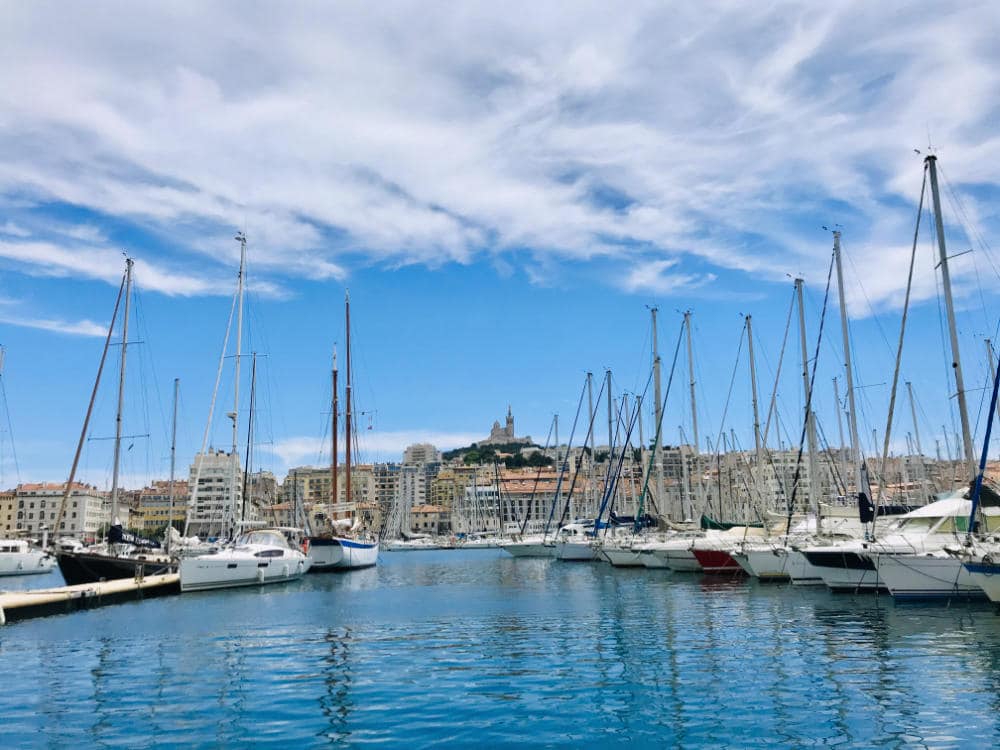
In fact, the Grotte Cosquer (located at the edge of Marseille) where prehistoric cave paintings dating back 27,000 years old, shows that the area has been inhabited for millennia.
The famous Vieux Port was a natural harbour and its strategic location on the Mediterranean sea made it an important trading port and access point for the Greeks coming from Phocaea on the western coast of Anatolia. This is why Marseille is often called the Phoceen city.
2. It became a Roman settlement.
After the Greeks came the Romans. The city fell under Roman rule following the Roman Siege of Massilia in 49 BC. The city had unfortunately sided with the enemies of Julius Caesar, who launched a civil war to claim much of the territory around the Mediterranean.
Marseille would become the a large trading port, with several roman settlements expanding to nearby powerhouse Nimes, Arles, Lyon, and more.
3. It became a center of Christianity.
During the Roman era, Marseille became an early center of Christianity. Tradition holds that Mary Magdalene came to Marseille, after landing in nearby Saintes-Maries-de-la-Mer which is a mere 75 miles (125 km) away.
It is believed that she arrived with her sister Martha, brother Lazarus, Maximinus, as well as Marie Salomé and Marie de Cléophas all landed after leaving the Holy Land. From here, they spread across the area and she is said to have converted the local people of Marseille.
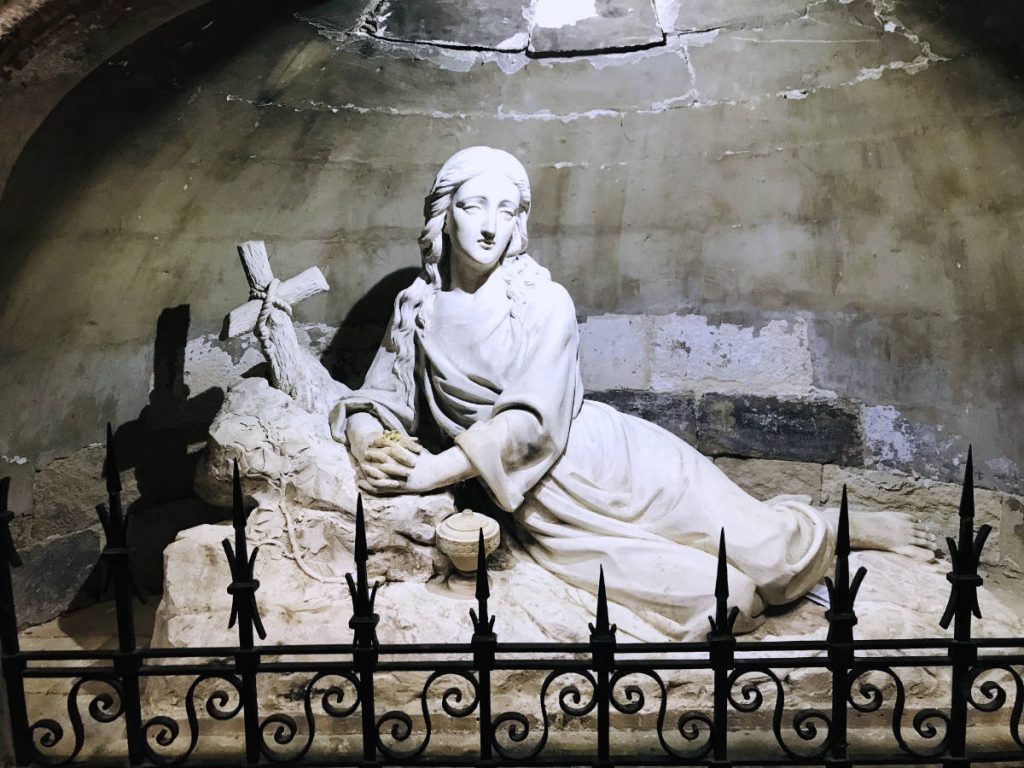
Eventually, legend had it she retired to nearby Saint-Maximin-la-Sainte-Baume (about 50min away from Marseille by car) where a crypt is said to contain her remains.
Her sister Martha headed to nearby Tarascon, and is said to have been buried there. Lazarus went on to become the first bishop of Marseille and Maximin became the first bishop of Aix-en-Provence and one of the most famous saints in France.
4. It was conquered several times.
In the 5th century, Marseille was conquered by the Visigoths, an early Germanic tribe, but remained an important trading hub. It then became caught up in the conflicts between local rulers and the Frankish kings (Clovis, Charlemagne, Charles Martel, etc).
It was then sacked by the Saracens in 838 AD, raids following the Muslim conquest of the Iberian Peninsula. Further looting took place by Greek pirates in 848 AD.
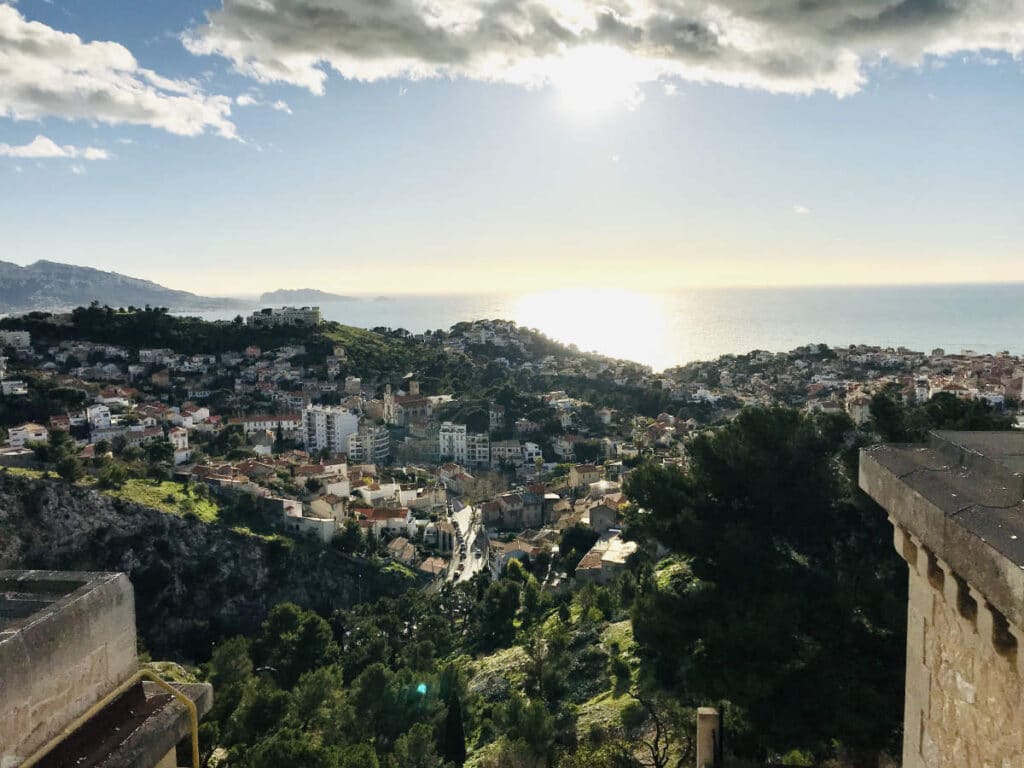
5. The Counts of Provence ruled Marseille.
By the 10th century, the situation stabilized under the protection of the Counts of Provence.
In 930 AD, the Count of Provence chose a brother of the Bishop Honorat of Marseilles, Guillaume de Marseille as “Viscount of Marseille”. His descendants would rule for several generations as bishops or viscounts of Marseille.
6. Beatrice de Provence inherited Marseille.
Marseille remained part of the autonomous territories of the Counts of Provence until the 12th century. When Ramon Berenguer, the Count of Provence died in 1245, he left behind 4 daughters.
His four daughters, Margaret, Elenor, Sanchia and Beatrice were reputed to be quite beautiful, along with being rich. Each would marry into either the royal family of France or the royal house of England, and be crowned Queen:
- Margaret of Provence (1221–1295), wife of Saint King Louis IX of France.
- Eleanor of Provence (1223–1291), wife of King Henry III of England.
- Sanchia of Provence (1225–1261), wife of King Richard of the Romans and Germany, brother of the King of England.
- Beatrice of Provence (1229 -1267), wife of King Charles I of Sicily, brother of the King of France.
It was the youngest Beatrice who would become the heiress of the Count of Provence and Marseille, which was theoretically to remain autonomous. Her husband Charles would rule Provence on her behalf and managed to quell the first of many rebellions.
But there was always an underlying current of distrust by the local Marseillais, with the French King located in Paris.
7. It has its own flag.
The city of Marseille has its own flag, which features a blue cross on a white background:

The cross was adopted since at least around 1254, as a symbol of the Crusades since at that time, Marseille was one of the ports of embarkation to go to the Holy Land.
The blue cross flag was flown in the Vieux Port to indicate that this was a safe harbor. The colors of the flag represent the Mediterranean, and also harken back to the colors of ancient Greece to show their roots.
8. It has a Coat of arms.
Marseille has had a coat of arms since the 14th century, with the current version adopted in 1883:
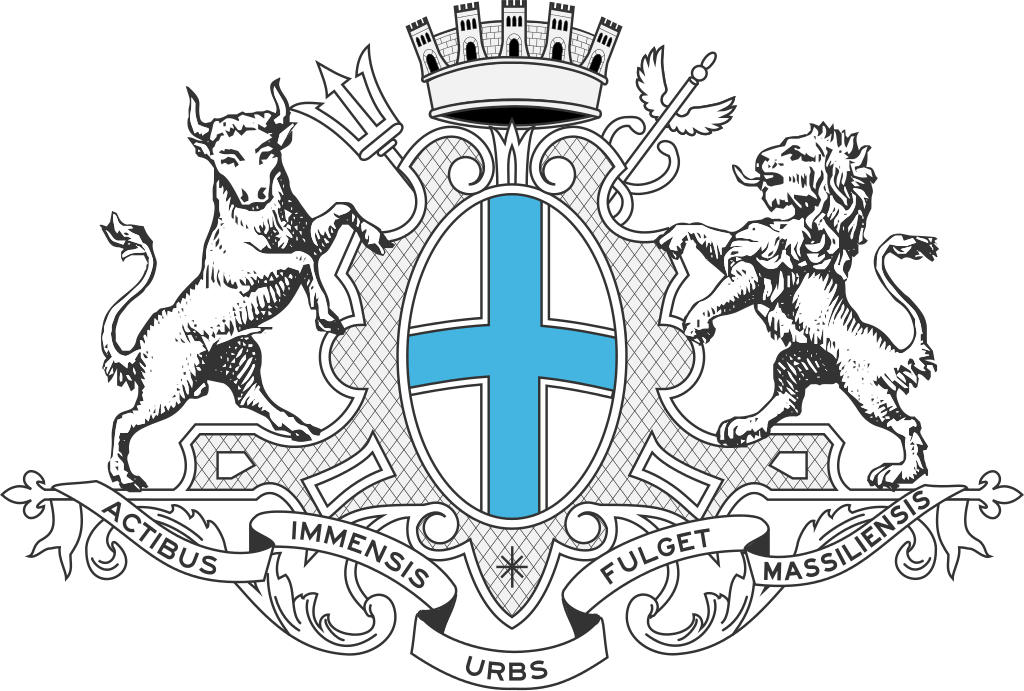
The coat of arms is actually newer than the flag which had been around since a couple of centuries earlier.
9. The Port of Marseille brings the Great Plague to Europe in 1347.
In 1347, the Great Plague arrived from overseas into the Vieux Port of Marseille. By November 1347, it reached Avignon, and by early February, the plague reached Montpellier, Narbonne, and Carcassone.
At the end of June, the epidemic reached Bordeaux, from where it spread rapidly due to maritime transport. Within weeks, it made its way to England, Rouen, and Paris. By December 1348, it invaded all of southern Europe , from Greece to Germany, Denmark, Wales, much of Ireland and Scotland .
By 1350, it was in Scandinavia only stopping at the vast uninhabited plains of Russia in 1351. It is believed to have killed between 30 and 50% of Europeans in a span of five or six years, resulting in about 25 million victims. The city of Marseille was ravaged, losing a large portion of its population.
10. Marseille became a part of France.
Marseille continued to be ruled officially by the Counts of Provence, who were also members of the House of Valois-Anjou, a cadet branch of the French royal house.
However, on the 10th of December 1481, Charles IV, Duke of Anjou and Count of Provence died, leaving no children. As a cousin of the King, the title of Count of Provence was inherited by King Louis XI.
King Louis XI would attach Marseille officially in 1482, during the union of the County of Provence with the Kingdom of France.
11. The language in Marseille used to be Provençale.
People at the time didn’t speak French in Marseille, but rather a language called Provençale. The Kings of France, over the generations had imposed laws on the population of Marseille, trying to wipe out the local culture and the language, doing little to endear themselves.
In 1539, French King François I banned the use of most of these regional languages and insisted on a new language he called “françoys“ be used for all official purposes.
12. Fort Saint-Jean used to have its cannons aimed at Marseille.
At the entrance of the Vieux Port are two large forts, Fort Saint-Jean (which is now the site of Mucem) and Fort Saint Nicolas.
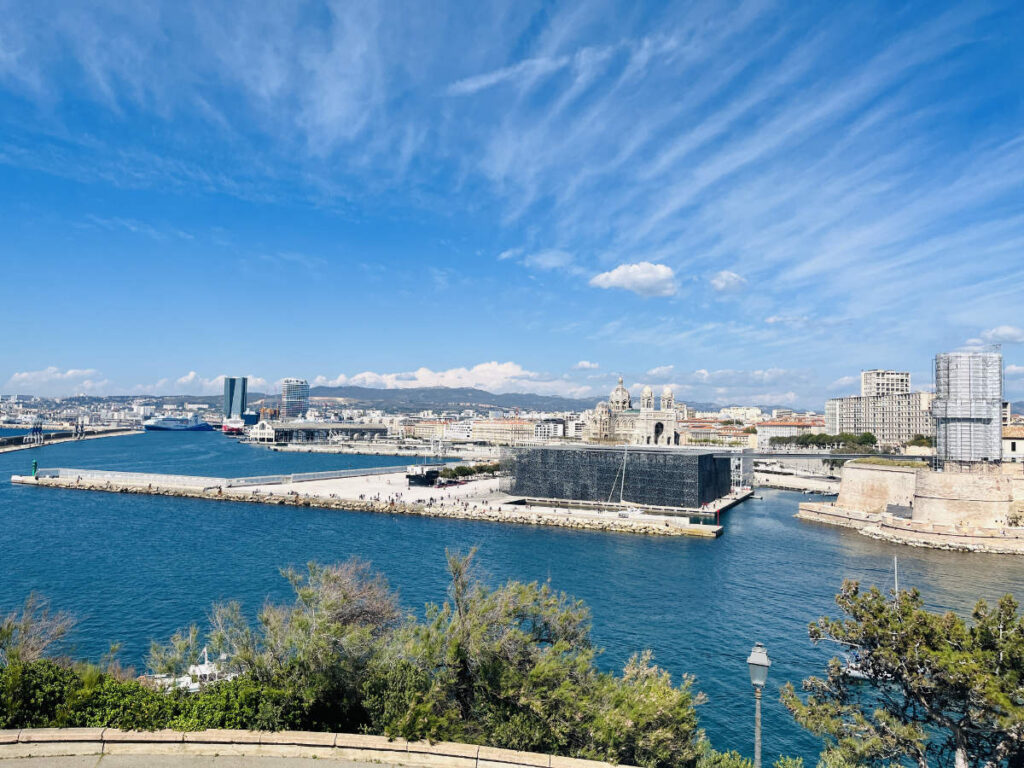
In 1660, French Sun King Louis XIV built the Fort Saint-Jean and Fort Saint Nicolas. Fort Saint-Jean was built on a site earlier occupied by the Military Order of the Knights Hospitaller of Saint John, and the Maubert Tower built by Réne, an earlier Count of Provence.
However, unlike the earlier defences, but the Sun King Louis XIV famously had his cannons pointed AT the city to ward off local rebels, rather than to defend Marseille.
13. Château d’If was featured in the novel Count of Monte Cristo
Just off the coast of Marseille is the small island of Château d’If. It is the on the smallest island in the Frioul archipelago, and is the site of fortress prison (a predecessor to the famous Alcatraz in California).
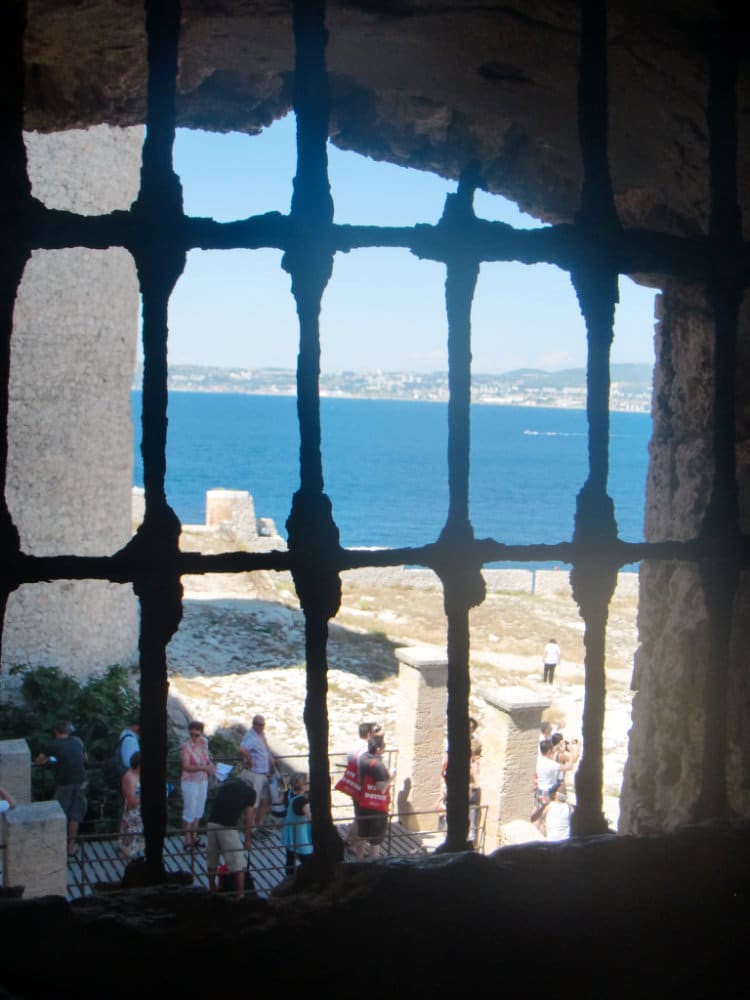
The fortress was built in 1524 – 31 on the orders of King François I, who, during a visit in 1516, saw the island as a strategically important location for defending the coastline.
Château d’If hit new heights in pop culture when it was featured in Alexandre Dumas’s Count of Monte Cristo. It was also reputed to be one of the prisons where the famous Man in the Iron Mask was held. He was arrested in July 1669 and held for 34 years until his death.
While his true identity remains a mystery, he was reputed to the older brother or twin brother of the Sun King Louis XIV. A sign “Prison dite de l’Homme au Masque de Fer”, “Prison reputed to be for Man in Iron Mask”.
(Alexandre Dumas was so fond of Château d’If, he built a special writing studio surrounded by moat, that he called “Château d’If” at his home at Monte Cristo.)
14. It was hit by the Plague again in 1720.
Marseille suffered from the Plague a second time, this time in 1720. The Great Plague of Marseille was the last major outbreak of bubonic plague in western Europe and destroyed more than half the population, bringing this great city to its knees.
15. The Marseillaise became the French national anthem.
During the 1789 French revolution, the city of Marseille sent 500 volunteers to Paris to defend their interests. Their battle cry on the way to Paris became the national anthem of France: La Marseillaise.
However, they weren’t actually that creative to compose a song while marching. The song was written by a French poet and soldier named Claude Rouget de Lisle, while he was stationed in Strasbourg. It was just adopted by the Marseillais on their way to Paris, and hence its name.
16. The Notre dame de la Garde is the city’s most beloved symbol.
Known as the Bonne Mere to its locals (Good Mother), the Notre Dame de la Garde Basilica overlooking the Vieux Port is the highest natural point in Marseille, visible from everywhere.
In 1214, a local priest was inspired to build a small chapel to the Virgin Mary on top of the hill known as La Garde which was already belonged to the Church of France.
In the 15th century, French King François I paid a visit to the city and decided that Marseille was poorly defended against neighboring Spain and wanted to increase the fortifications. He realized that an excellent spot for his battlements would be on top of this hill which overlooked the entire city, and set about making the Basilica bigger, with surrounding fortifications.
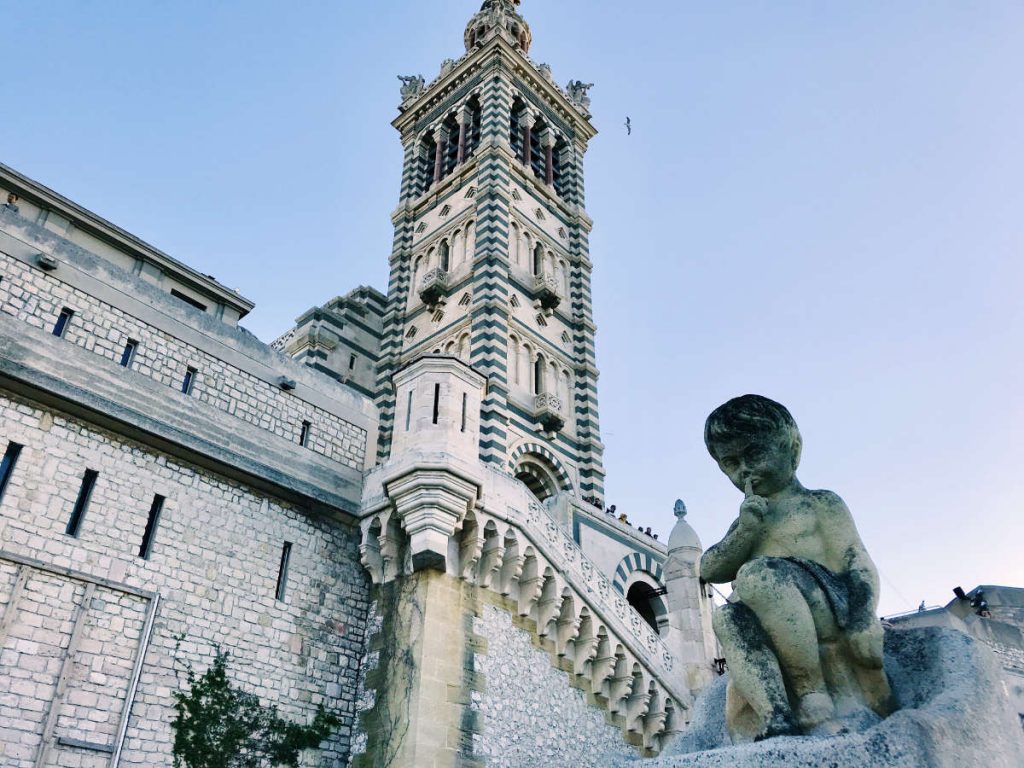
As the Basilica grew in stature, local sailors and fishermen started giving thanks to La Bonne Mere for keeping their safe on their travels.
In 1853, Napoleon III decided to make the Basilica even bigger, and that is the building we see today. The building survived occupation, when German soldiers and snipers were stationed there during World War II.
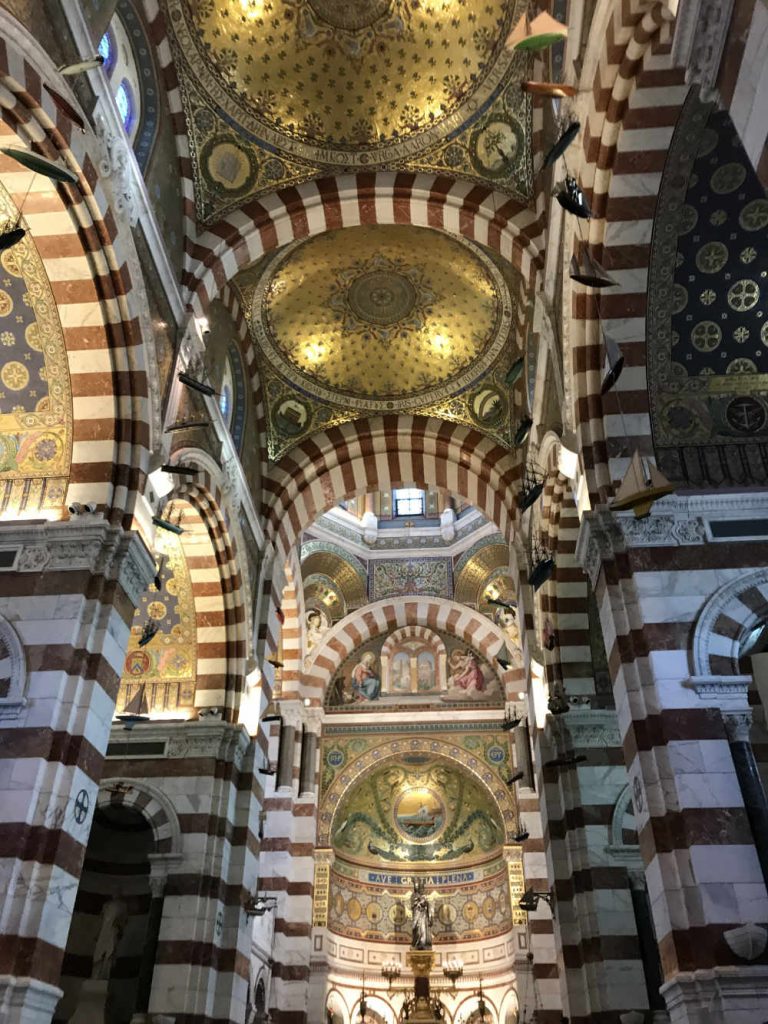
17. A funicular used to link the Vieux Port to the Notre Dame de la Garde
There used to be a funicular from the Vieux Port to the Notre Dame de la Garde. It was commissioned in 1892, and built by Gustave Eiffel’s company (of Eiffel Tower and Statue of Liberty fame).
It carried 20 million passengers during its 75 years of operation. It was closed in 1967 and destroyed in 1974.
18. The sport of Pétanque is very popular in Marseille.
Marseille is known for its love of the game of pétanque. Pétanque and boules dates back to the Greek and Roman era, and was popular all around the Mediterranean.
In 1792, a group of French national guard soldiers in Marseille came up with the bright idea of playing pétanque with cannonballs, right next to an armament depot. The end result was 38 people dead and over 200 injured.
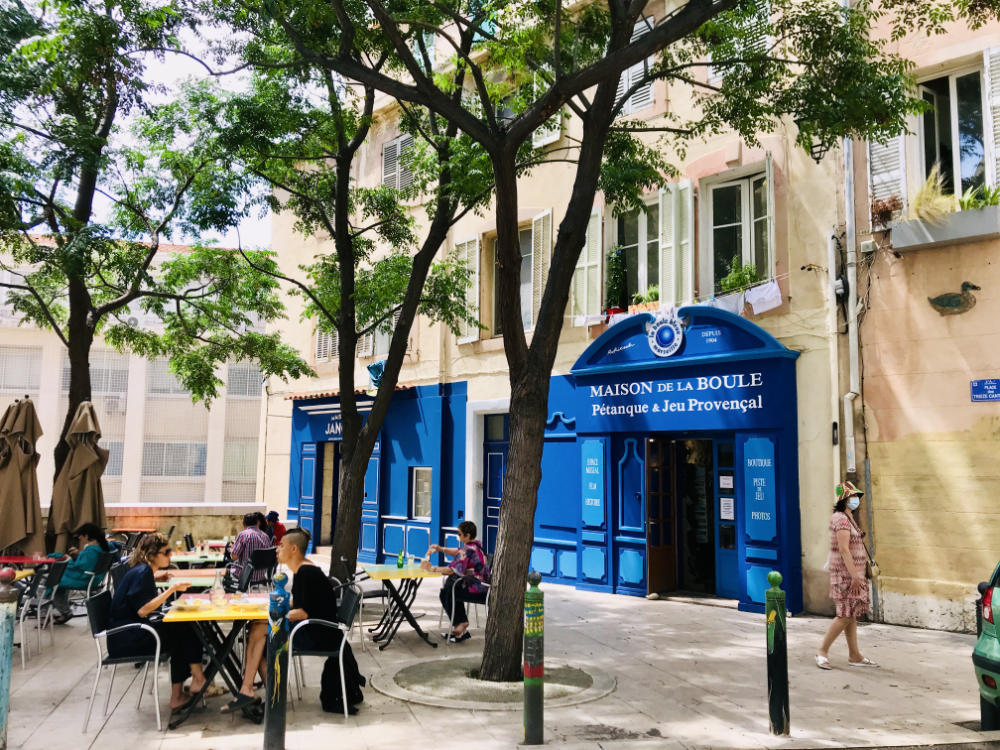
A variation of lawn bowls and the Italian bocce, the current rules of pétanque were codified around 1907 in La Ciotat (a beach city near Marseille). Today, pétanque has become so popular as a sport in France, there are leagues of players and competitions are carried live on sports tv channels.
19. The Savon de Marseille is a protected trademark.
Savon de Marseille is a traditional hard soap has been made from vegetable oils for 100s of years. The first known soapmaker was recorded in Marseille around 1370.
In 1688, Sun King Louis XIV introduced regulations in the Edict of Colbert to limit the use of the name “Savon de Marseille” to olive oil based soaps. Olives are plentiful in Provence.
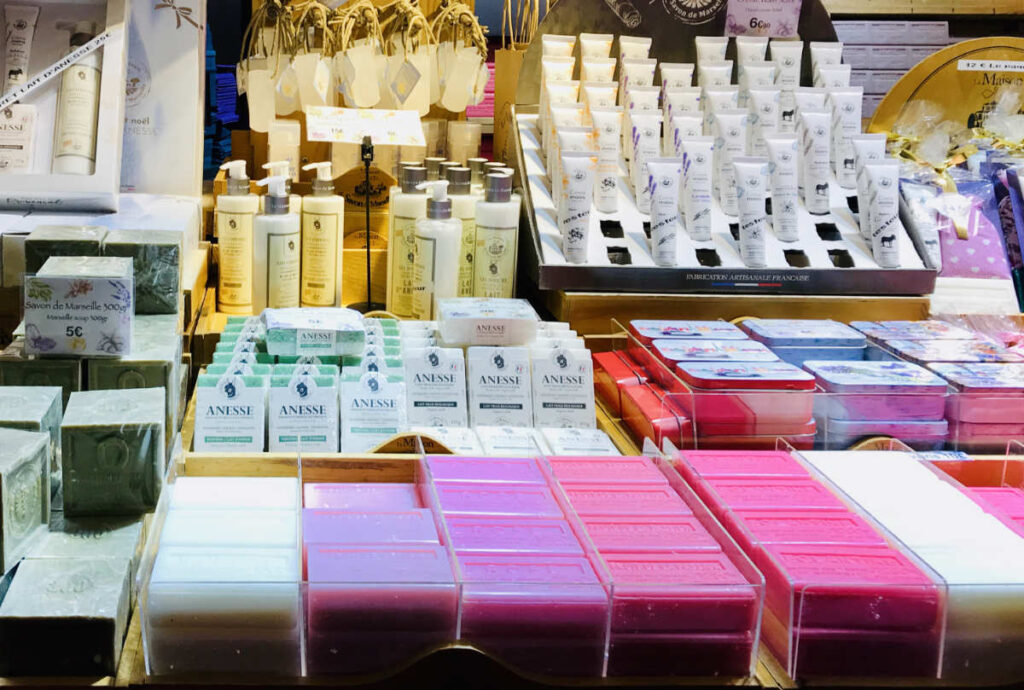
Today, it is a protected trademark, and only a handful of manufacturers remain in Provence.
The soap is made by mixing sea water from the Mediterranean with local olive oil, and the alkaline ash from seaweeds. It comes in a variety of fragrances and is one of the most popular souvenirs in Provence.
20. Palais Longchamps was built to bring water to Marseille.
One of the most eclectic spots in Marseille is the impressive Palais Longchamp. It is not actually a palace, but a water reservoir.
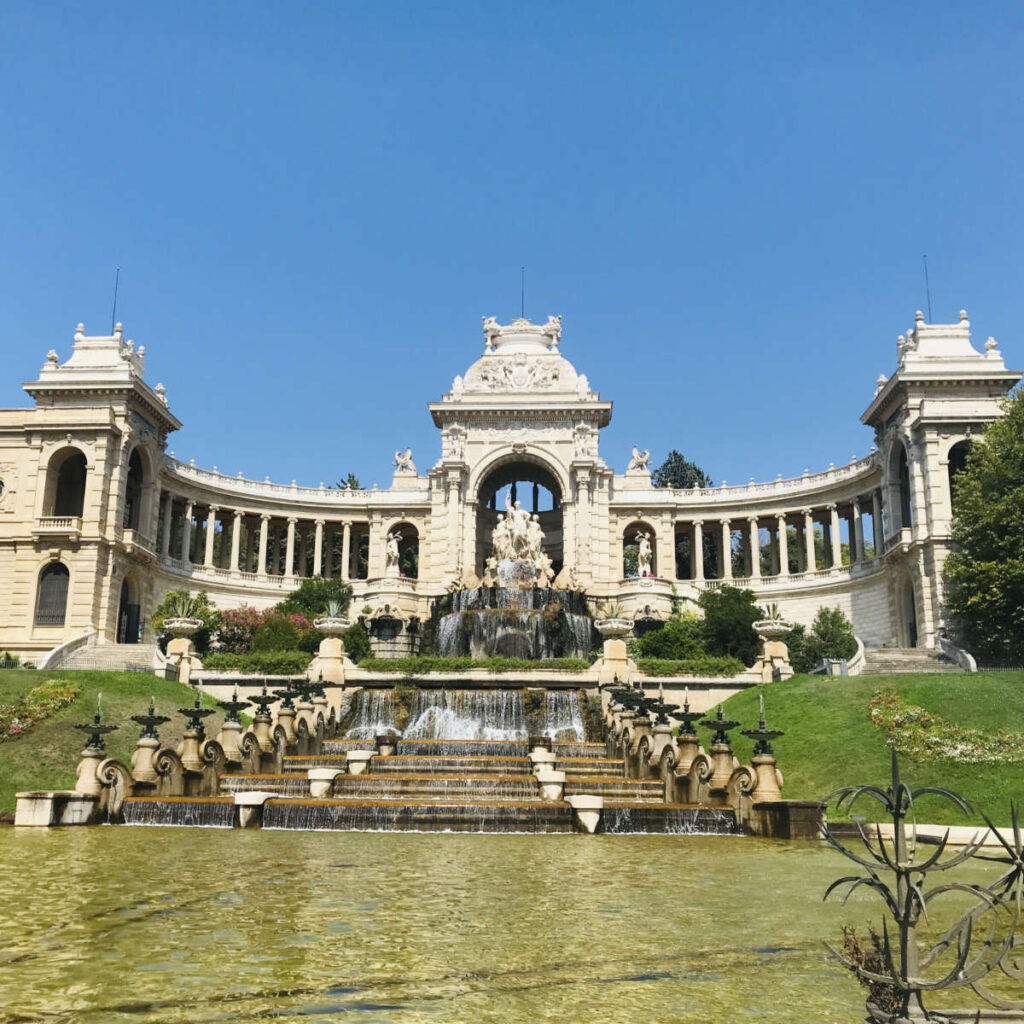
The elaborate palace-style château was built to celebrate the construction of the Canal de Marseille that brought water from the river Durance to the city. The foundation stone was laid by the Duke of Orleans in 1839, taking more than 30 years to build due to the complicated nature of the project, cost overruns, and complex local regulations.
With a fanciful fountain in front and elaborate gardens behind, it became a zoo, a park, as well hosting two of Marseille’s top museums. The zoo is no longer there, but the east wing of Palais Longchamp houses the Musée des Beaux-Arts, and the west wing houses the Museum d’Histoire Naturelle.
21. It put up a fierce resistance during WWII.
During WWII, while Paris was fully under German control, Marseille was technically in the “Free Zone”. It was managed by the Vichy Government (with their German overlords), but was technically considered to be “unoccupied”.
Marseille’s strategic position on the sea made it an early hub for the French Resistance for escape routes and safe-houses. The city’s propensity for rebellion was an advantage, rather than a disadvantage. But while the Germans considered Paris was too beautiful to be bombed, they did not have any such reservations about Marseille.
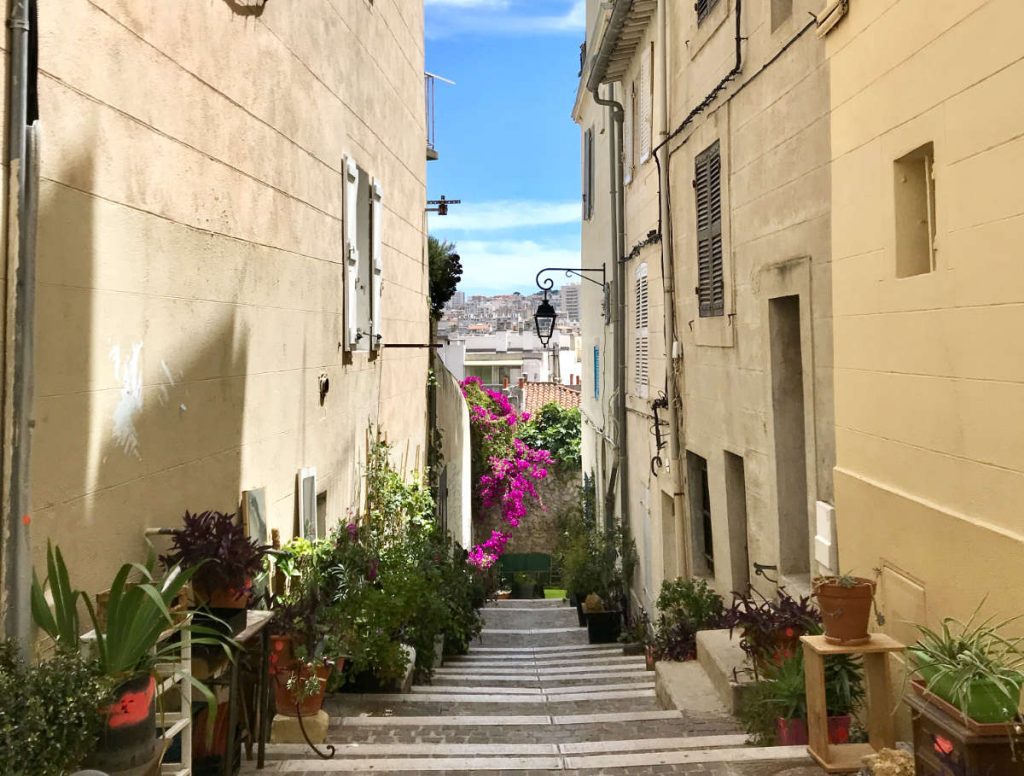
Marseille was bombed several times and invaded by German soldiers during WWII. Many neighborhoods including much of the area around Marseille’s famous Vieux Port and around Le Panier were deliberately blown up with dynamite, before finally being liberated in 1944 by the Allies.
22. Pastis de Marseille is a favorite in the city.
The quintessential apéritif in France, Pastis de Marseille is an institution in the city. Invented in Marseille and with a fresh taste of anise seed and liquorice, it is somewhat similar to the Greek ouzo.
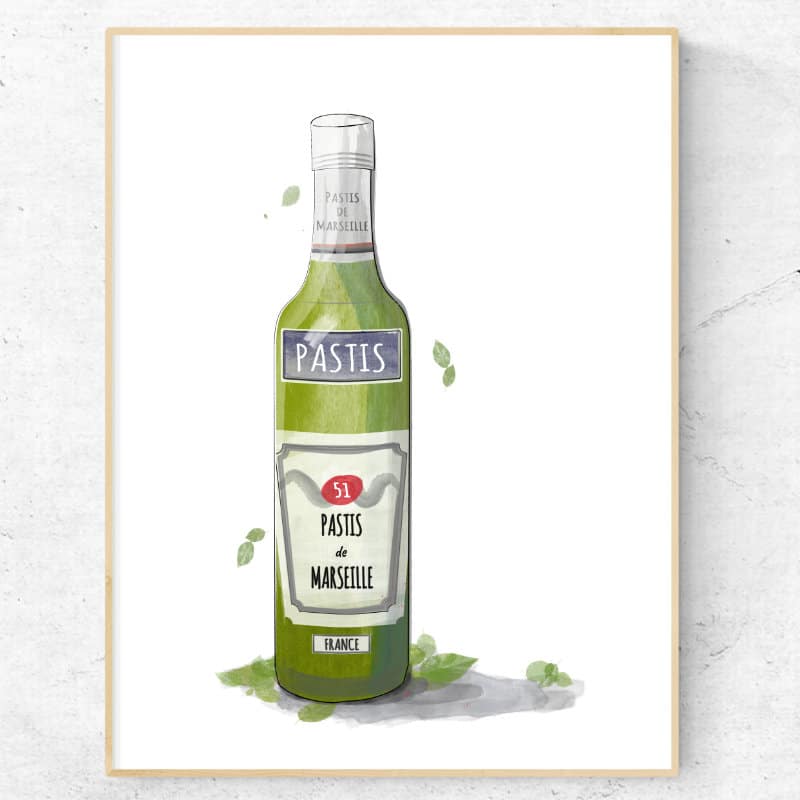
Pastis was first commercialized by Paul Ricard in 1932. It became massively popular as at the time absinthe was prohibited in France. The Ricard family has become a commercial powerhouse, producing a namesake pastis, as well as several other alcohols like vodkas and whiskeys.
You can read more about how to serve yourself a pastis and about other local foods and drinks to try in Provence.
23. It is proud to be the winner of the 1993 Champions League.
In the 1990s, another chapter was written in Marseille’s history, the chapter of footballing glory. The local Marseillais are fiercely proud of the local football (soccer) team, the Olympique de Marseille.

Their biggest moment of glory was when they won the Champions’ League title in 1993. In addition, Olympique de Marseille (OM) lays claim to being the 1st and only French team to win a Champions League title, loudly proclaiming:
A Jamais les Premiers!
English translation: Forever the First – Motto of Olympique de Marseille fans
This might appear to be a minor anecdote, but don’t tell any Marseillais that. To date, the Paris Saint-Germain Football Club has never won the Champions League, making the victory all that much sweeter.

If you enjoyed that article, you may like to read more facts about France. A bientôt!
